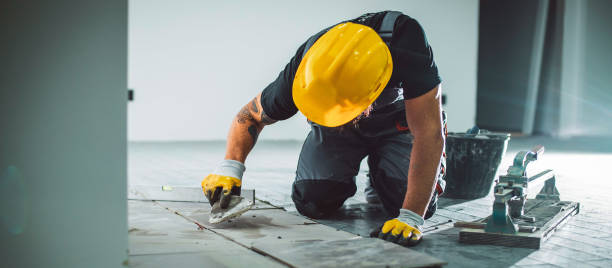
When buying tiles, you may think that wall and floor tiles look almost identical, and this similarity makes you question whether they are interchangeable. But the truth is that wall tiles and floor tiles are used for completely different purposes. This difference comes from different production processes.These specific processes produce different qualities in wall tiles and floor tiles.
To find out that can wall tile be used on the floor, be sure to first check these three tile ratings:
1.PEI rating
2.COF rating
3.WA rating
PEI is an abbreviation for Porcelain Enamel Institute. It is a measure of how well a glaze will resist scratching and wear under traffic. The PEI rating system goes from I - V, with V being the most resistant.
The higher the PEI rating, the more resistant the tile is to scratches, nicks, stains, and foot traffic. When shopping for tile, be sure to ask about the PEI rating, and choose a tile that is appropriate for the area where it will be installed.
Class I PEI
Low traffic flow - areas of the home with little traffic, such as storage rooms.
Class II PEI
Medium foot traffic - can be used in areas with low foot traffic, such as bathrooms and wall uses.
Class III PEI
Regular foot traffic - can be used throughout the home, including busy areas of the home such as living rooms, bedrooms, kitchens and hallways.
Class IV PEI
Intensive foot traffic - for commercial areas such as restaurants and hotels.
Class V PEI
Heavy Footfall - These tiles offer the highest durability. Ideal for busy public spaces such as airports, shopping centers and industrial areas. These tiles are also suitable for busy residential areas and outdoor spaces.
Wall tile typically has a PEI rating of III or lower, which means that it is not designed to withstand foot traffic and may crack or chip under pressure. For this reason, wall tile is not recommended for use on floors, even in low traffic areas.

When shopping for tile, you may have noticed the term "COF." COF stands for coefficient of friction. It is a measure of the amount of force required to move an object across a surface. In the case of tile, the COF indicates how much force is required to slip on the tile. A higher COF means that the tile has more resistance to slipping, while a lower COF indicates that the tile is more slippery. The type of tile you choose will depend on its intended use.
For floor tiles, the COF must be at least 0.5 in order to be considered safe to walk on. If you have children or elderly people, you may prefer to look for tiles with a higher COF rating.
Since most wall tiles are not manufactured with a COF rating in mind, they are not slip resistant. So if they are laid on the floor, then it will be a big safety threat. Therefore, from a COF perspective, we do not recommend using wall tiles on floors.
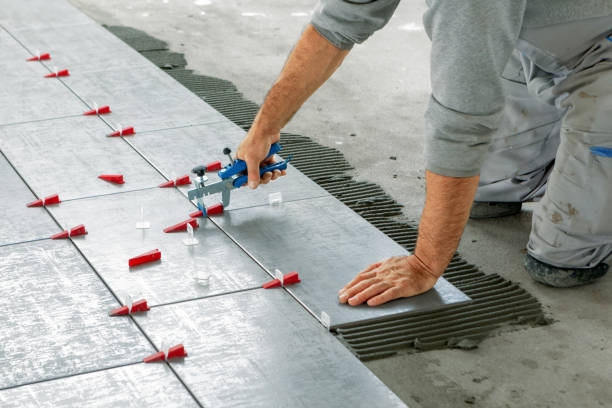
WA on tile stands for "water absorption." This is a measure of how much water a given tile can absorb before it becomes saturated. The higher the WA rating, the less absorbent the tile is. This is an important consideration when choosing tile, as more absorbent tiles are more likely to stain or become damaged in areas that see a lot of moisture.
WA is another main reason why wall tile shouldn't be used on floors. Floor tile needs to have a low water absorption rate in order to resist staining and maintain a slip-resistant surface. If you install wall tile on a floor, the tile will absorb water and eventually start to break down. The grout between the tiles will also start to deteriorate, which can lead to mold growth.
Most wall tiles have low PEI, COF and WA ratings. Therefore, they are not recommended for installation on floors. However, if you are ordering quality tiles for your next project, check with the manufacturer to see if they meet the standards for flooring use. Or if you don't know what you're looking for, seek some advice to help you.
Yes, but consider the two factors that go into it. If you do not want the tiles to fall off the wall, you must know: the weight of the tiles and the strength of the surface on which they are installed. If the weight of the floor tiles combined with grout and adhesive exceeds the maximum weight per square foot, we do not recommend using floor tiles for walls because your walls will not be able to handle the load.
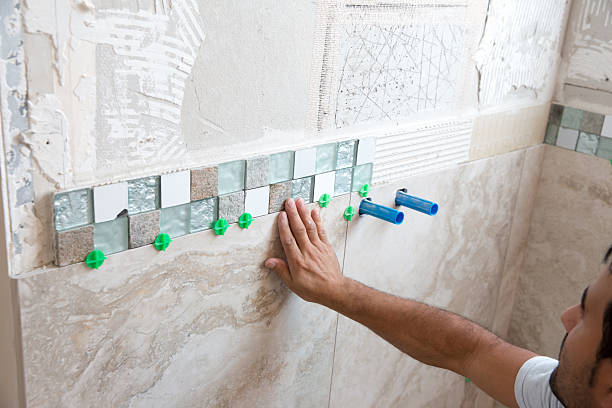
When purchasing tile, you should be aware of the options available to you. Here are some common materials you can choose from:
1.Ceramic tile
2.Porcelain tile
3.Natural stone tile
4.Glass tile
Ceramic tile is made from a mixture of clay and other minerals. It is glazed to give it a smooth finish and is typically less expensive than other types of tile.

Porcelain tile is made from a denser type of clay and is fired at a higher temperature than ceramic tile. As a result, it is more durable and resistant to staining.
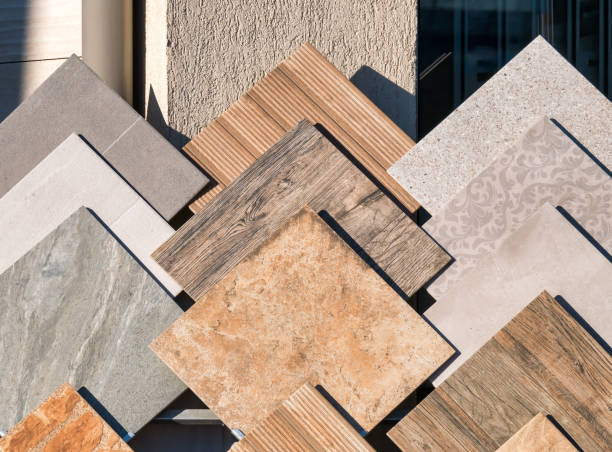
Natural stone tile is made from marble, granite, slate, or other stone. It is harder and more durable than ceramic or porcelain but can be more expensive.

Glass tile is made from tempered glass that has been cut into tiles. It is often used as an accent in backsplashes or bathrooms and can add a touch of elegance to any space.
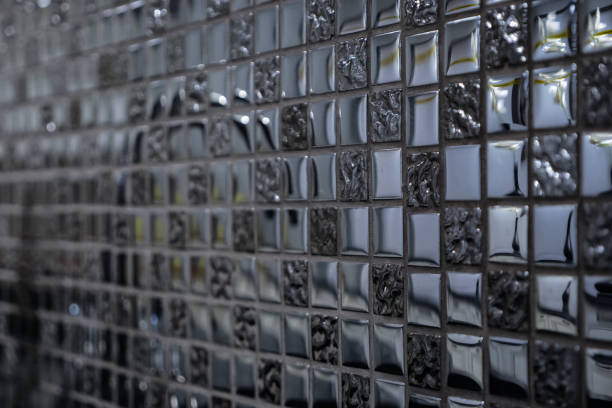
Sunvin Ceramics has been a professional tile supplier for more than 15 years. We have a wide range of tile products that are suitable for different purposes, and our team is always on hand to offer expert advice. We pride ourselves on our excellent customer service and competitive prices, and we are confident that you will be happy with your purchase. Here are some of our hot selling tile products,and you are also welcomed to browse our tile product catalog for more choices.The above four tile materials are available!